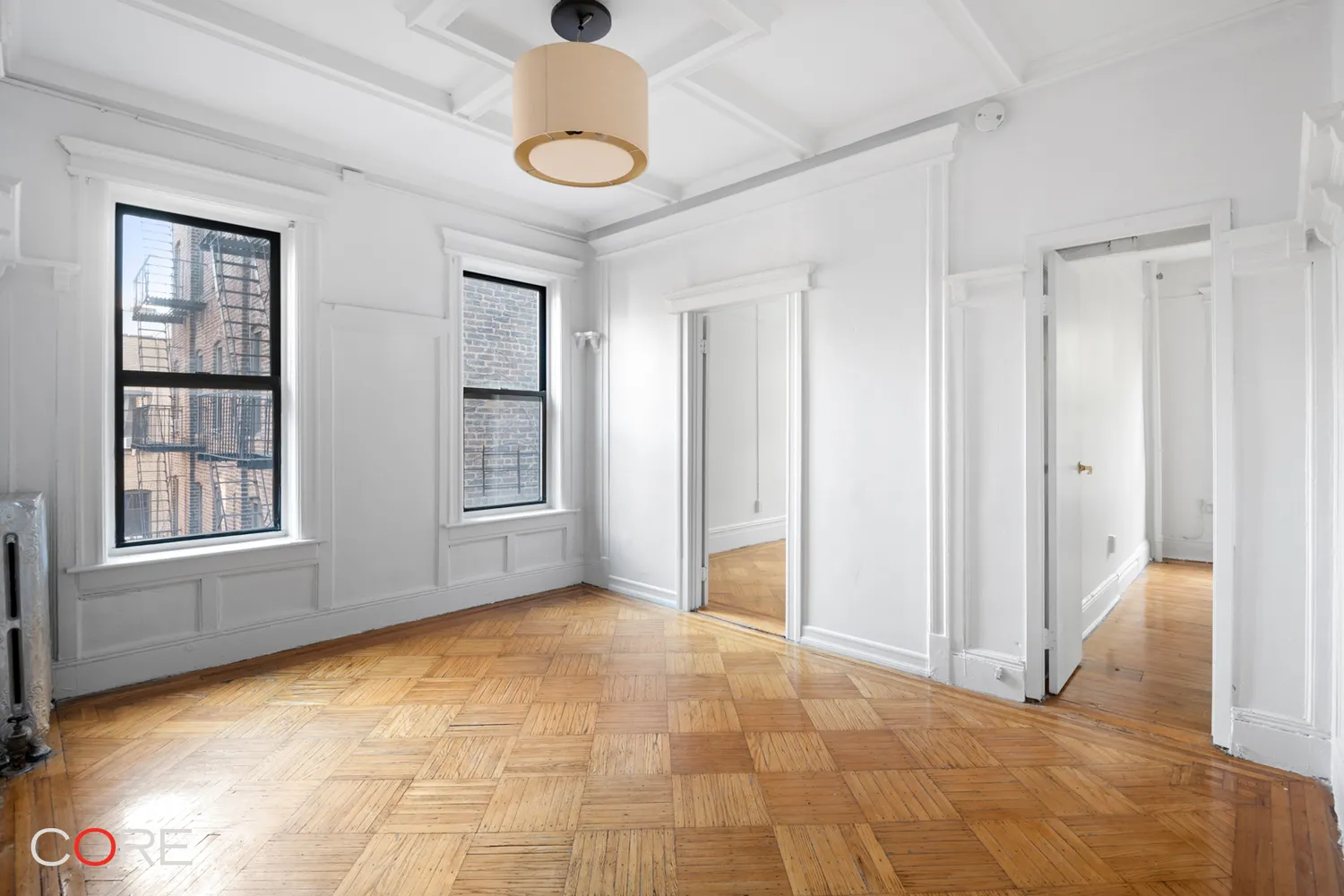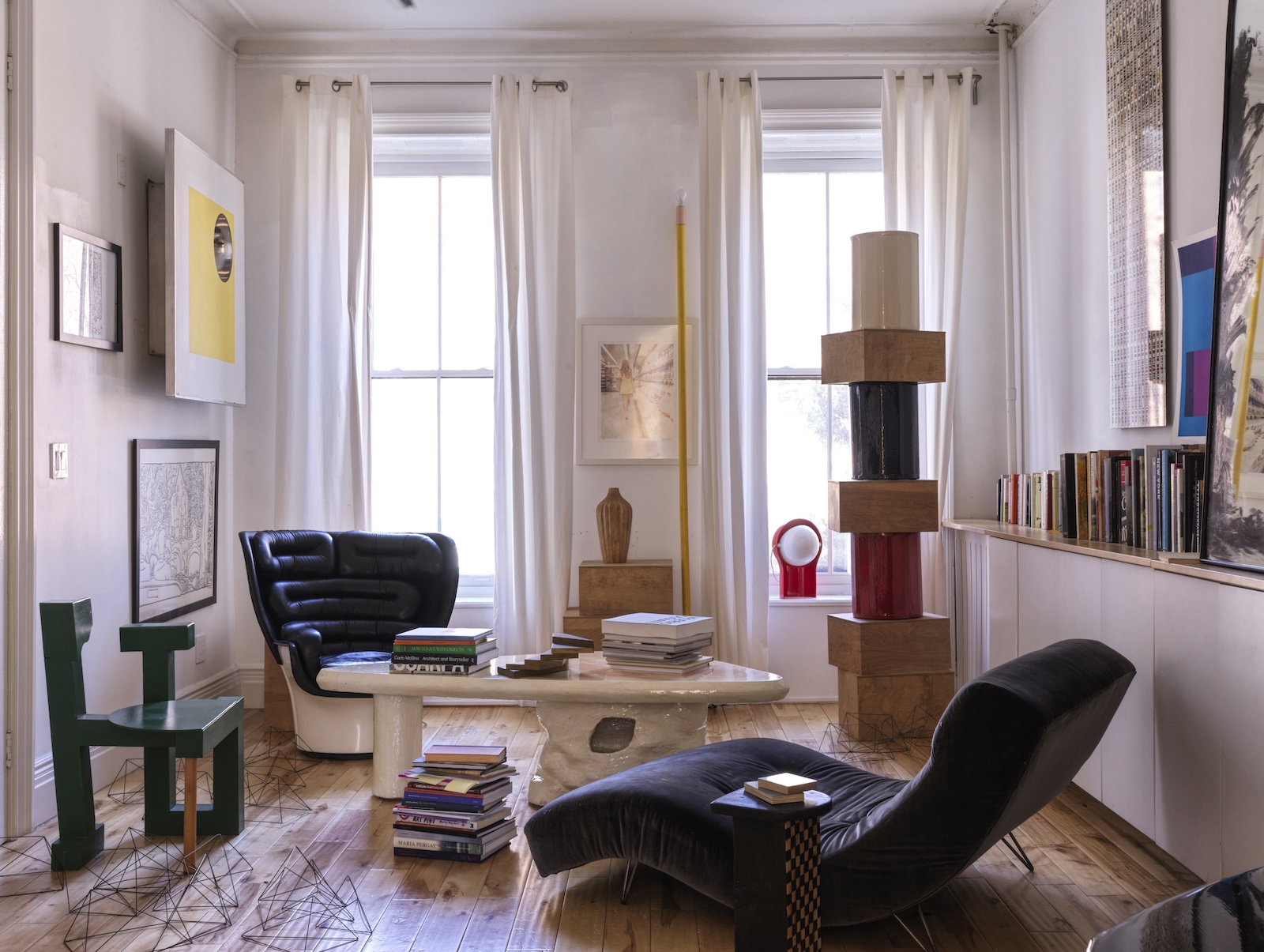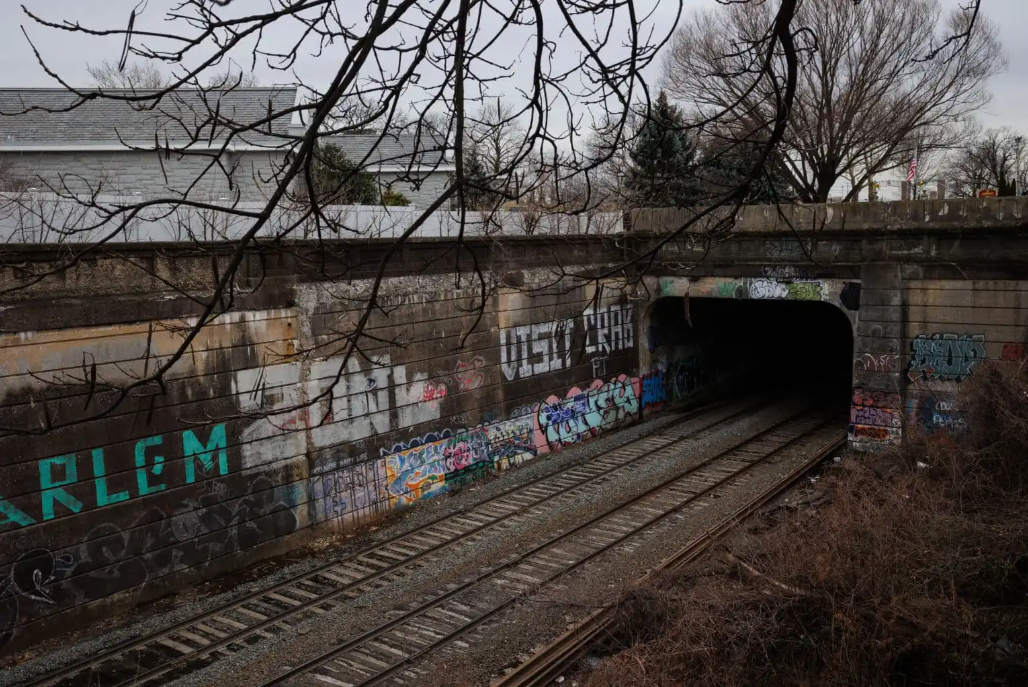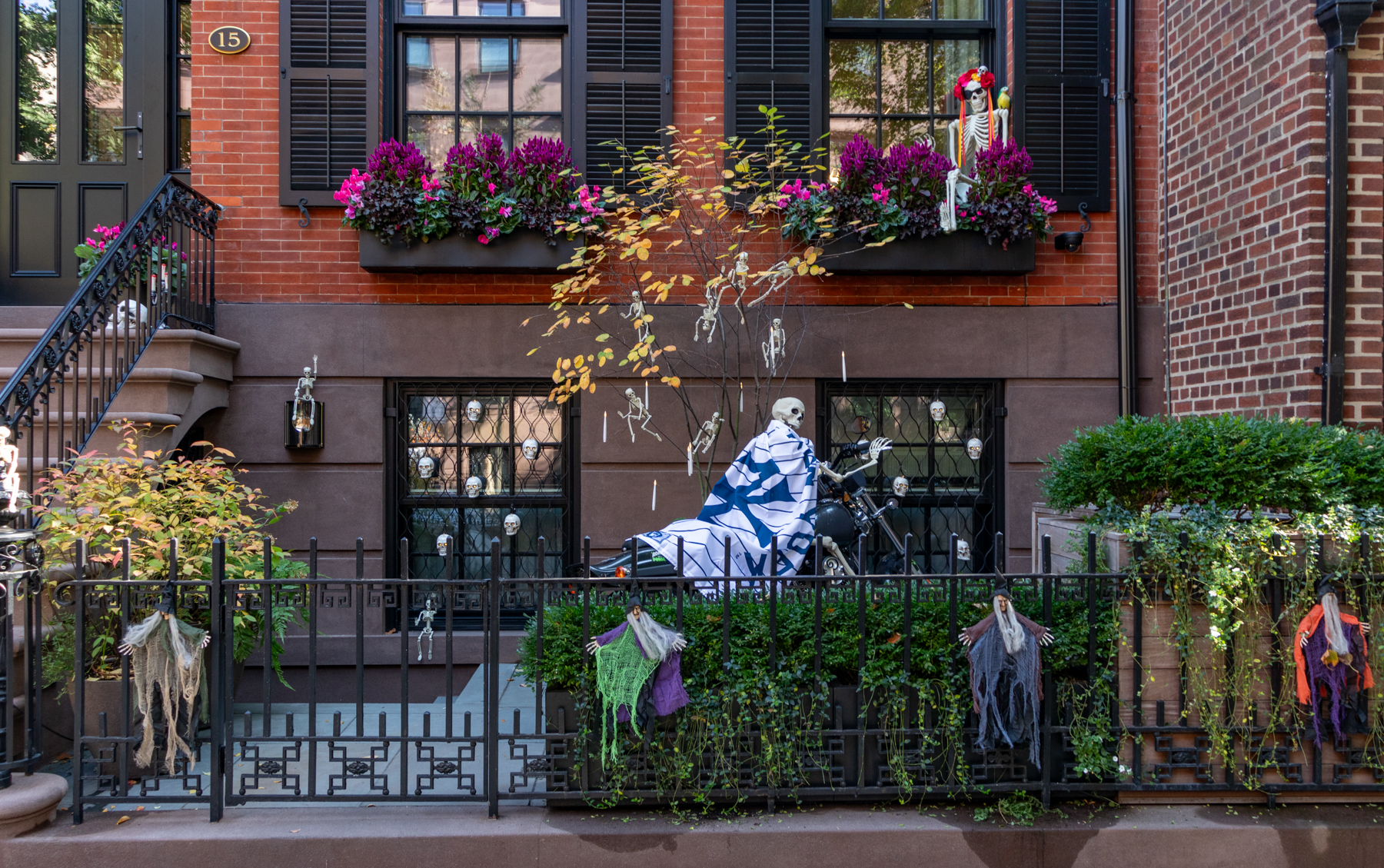An Ode to Vinyl Siding
Park Slope has its brownstones, Williamsburg its vinyl siding. To me, it’s more of a, like, bourgeois town over there, a Williamsburg renter says of brownstone Brooklyn, in this NY Times article about how vinyl siding characterizes Williamsburg homes. While it isn’t always beloved, some think vinyl siding is a testament to Williamsburg’s working class…


Park Slope has its brownstones, Williamsburg its vinyl siding. To me, it’s more of a, like, bourgeois town over there, a Williamsburg renter says of brownstone Brooklyn, in this NY Times article about how vinyl siding characterizes Williamsburg homes. While it isn’t always beloved, some think vinyl siding is a testament to Williamsburg’s working class tradition, an authentic piece of history in the neighborhood. It’s not the most beautiful thing, but it’s real, said real estate broker and investor Lewis Canfield. It’s authentic. It’s tied to the history of the neighborhood. The siding is also practical and because it receives very little upkeep it remains untouched for decades. A commenter in Greenwood Heights weighs in in this City Room discussion: “To all the haters out there, embrace the love that is vinyl! Certainly more historically authentic to many parts of Brooklyn (and beyond) that re-brownstoning or rebricking a home or adding wood lap back in the picture. Metal? Iinteresting, perhaps standing seam…but while my 1880’s frame, wood lap covered by shingles and vinyl, may never be hip, it is real for my Greenwood Heights neighborhood and my household’s budget.”
Vinyl Siding Holds its Appeal to Some in Brooklyn [NY Times]
Photo by The Lizness









“It’s not the most beautiful thing, but it’s real,†said real estate broker and investor Lewis Canfield. “It’s authentic. It’s tied to the history of the neighborhood.
If vinyl shaped to look like wood is real and authentic, then what’s fake and inauthentic? I don’t follow the logic.
Jeez, I don’t hate the people who live in them DH. Neighborhoods are neighborhoods.
The only attractive buildings in Williamsburg are the converted factories where the working class living in the shitty looking houses pictured were going to work!
Get real! Williamsburg is NOT pretty! It’s hip and close to union square but it’s NOT pretty!
The broker’s speech about historical value of vinyl made me shit my pants! By the way, my shit is for sale by the pound! I know, it’s not pretty and stink but it has historical value!
It represent the testimony of a classic digested dinner of a typical middle class man living in Brooklyn in the second decade of the 21st century!
The photo above looks better than some of the butchered blocks in Bed Stuy, where you have a mixture of vinyl siding, asbestos siding, and various kinds of brickface, from plain stucco, to river stone, to flagstone, to fake brick. The vinyl siding wins out over all of those.
As a lover of authentic old house architecture, of course I’d prefer it if these had their original clapboard or brick surfaces. But they don’t. And I certainly understand the economics of doing what one can to protect their building, and back in the 40’s and 50’s, when most of this was originally done, there was no mandate, or even popular trend towards original materials. Vinyl and other siding salesmen were everywhere, and very persistent, and terms were good, and working class people were and are house proud, and new surfaces gave their homes a modern and clean appearance and protection. I get it.
My problem lies not with those who celebrate the vinyl, but with those who think these houses have no value and should be torn down for condos or new housing without a second thought. That, in my opinion, is a worse fate than a good vinyl siding job.
I can understand the argument that Williamsburg used to be a more blue collar neighborhood. Although if you went back to the 70s or 80s Park Slope wasn’t nearly as affluent as it is now.
Siding preserves very old wood frame houses. Not so sure why that is a bad thing to so many. Without siding, most of those houses would have fallen down back in the seventies, when they were worth about $10K and not be available now, to be sold for $1.4 million.
When I lived in Williamsburg, I used to walk around, especially through the Italian section, and just kind of marvel at the architectural variety. Williamsburg’s not pretty, not in the way brownstone Brooklyn can be, but it had a certain charm. Faded pink siding next to green next to asphalt patterns. Ornate ironworks and fountains. Bay window additions and yard decorations. Brickface in mosaic patterns. There was a lot of pride in the neighborhood and everything was immaculate. And every house had its own personality.
I find it sort of ironic that now that the houses are worth $1.4 million, there’s actually more decay and crime — and less tolerance for individual taste.
“These were still attractive buildings and honestly, I have nothing against them, only the modern vinyl siding which ruins them today.”
apologies – i thought your argument was more complex than “i don’t like vinyl siding” maybe you should take it up with the poor immigrant homeowners who lived here for decades before either of us were born.
i’d much rather walk down a block of well maintained vinyl siding buildings than a run down block of brownstones. Great architecture does not a neighborhood make.
people who are so hardcore against vinyl siding are just ashamed of their suburban roots.. it’s pretty obvious.
*rob*
By thwackamole1 on November 9, 2010 10:29 AM
I’m no great fan of vinyl, but maintaining a landmarked facade costs somewhere on the order of $2k-3k per year.
Why???? Once it’s restored, what do you have to do yearly??? Nonsense.